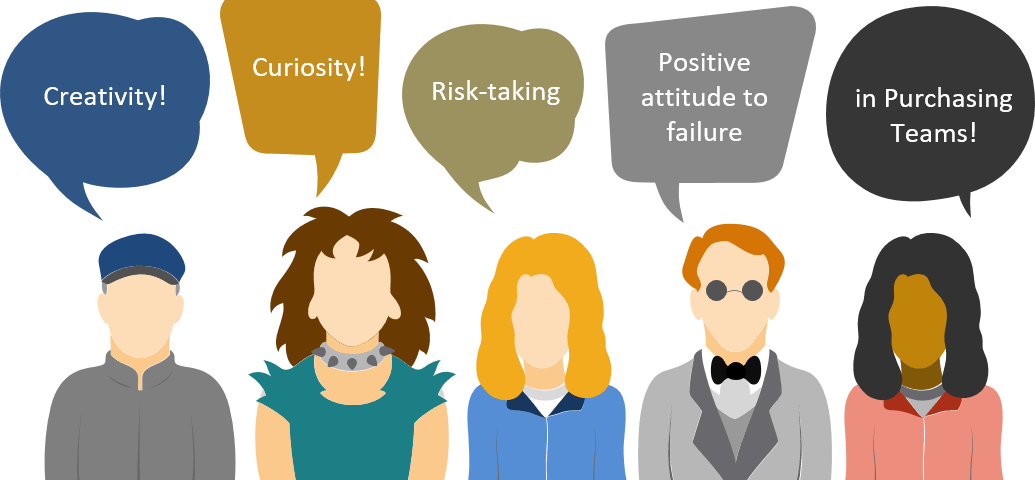Assessing your organisation’s maturity, what is the value for you?
by Christian Kaemmerlen, EIPM
Maturity is defined as “a very advanced or developed form or state”. A mature organisation has explicitly and consistently deployed the best possible practices or processes whose outcome is measured and used to continuously improve them.
Assessing an organisation against a business excellence framework, or holistic reference model is a sound approach. It helps to check the structural integrity of the organisation, its current and future capabilities, to precisely identify its strengths and weaknesses and, when available, compare its profile against benchmarks and best in class companies.
As there is a high correlation between an organisation’s maturity and its chances for long-term success, leaders that want their organisation to reach excellence and sustain superior levels of performance, must understand what its current state is to focus on improvement opportunities.
Some of the signs of maturity for an organisation should include:
- Leadership with a Vision and a Mission,
- The appropriate design and communication of the supporting Strategies,
- Adequately skilled and motivated Resources,
- Sound and sustainable relationships entertained with internal and external partners,
- Efficient and flexible processes deployed and constantly updated.
Assessments are usually driven by a questionnaire that guides the users through a set of criteria covering all the activities performed in the organisation. Statements describe what is seen in excellent organisations and should be considered as reference points when performing the evaluation.
Some criteria are called ‘Enablers’ and cover what an organisation does and its processes. Other criteria, called ‘Results’ cover what the organisation achieves and how these achievements are perceived and measured.
Why should you participate in an assessment?
- You want to identify the strengths and weaknesses in your organisation
- You sense that corrective actions are curing symptoms rather than the underlying causes
- You feel your organisation is not running as effectively as it should
- You are concerned about developing a support process capable of ensuring sustained improvement
EIPM Solution & Tool
The EIPM Bee-Best® assessment has been designed for Purchasing and Supply Management organisations with the objective of providing our customers with the tools to:
- Take a holistic view of the way your organisation operates (approaches).
- Challenge its practices against the best and most powerful ones
- References to Industry 4.0, Digitalisation, IoT, Big Data, Analytics, Personalization, etc. are implemented.
- Identify precise areas for improvement to better its performance and provide greater value to its clients and stakeholders.
- Obtain a maturity index for the organisation.
Have valuable Benchmarking insights against 32 criteria, with all users from 461 Companies and with the 40 EIPM Peter Kraljic Award winners, and possibly with its peers.
To have a preview of the tool: https://bee-best.org
Bee-Best® uses the framework of the EFQM Business Excellence Model – for more information look at www.efqm.org.
Share this:
- Click to print (Opens in new window)
- Click to share on Facebook (Opens in new window)
- Click to share on LinkedIn (Opens in new window)
- Click to share on Twitter (Opens in new window)
- Click to share on Google+ (Opens in new window)
- Click to share on Pinterest (Opens in new window)
- Click to share on Skype (Opens in new window)
- Click to share on WhatsApp (Opens in new window)





